Planting Site Basics
Planting Site: Monarch Butterfly Buffer Zone in Zitácuaro
Country: Mexico
Forest Type: Subtropical Moist
Site Status: Active
Planting Partner: Monarch Butterfly Foundation and UNAM
Where Are We Planting?

The oyamel fir forests grow at high altitudes in the Sierra Madres of Michoacán in Central Mexico. These old-growth cloud forests can only be found in small areas on the mountain tops and are known for their unique microclimate, where the temperature never dips below freezing during the winter. Because of these conditions, they are the only forests in the world where monarch butterflies can nest during the winter and are designated as the Monarch Butterfly Biosphere Reserve (MBBR).
What Trees Are We Planting?
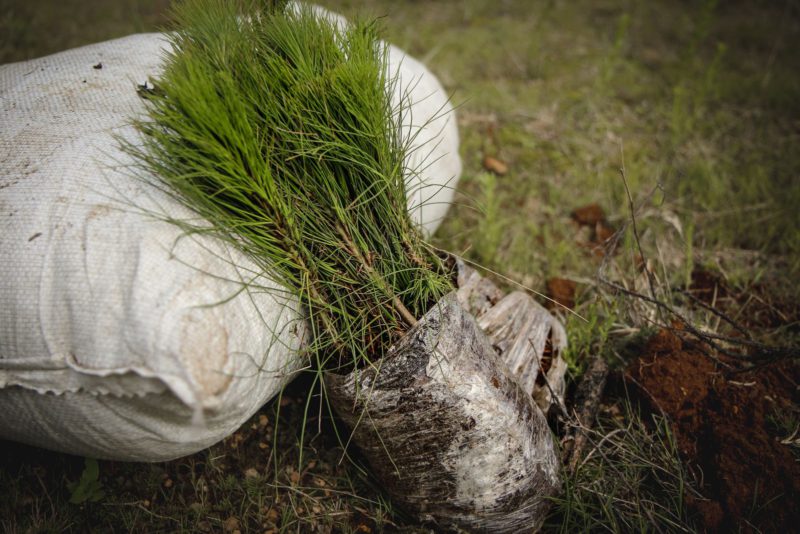
At this site, we’re planting oyamel fir (Abies religiosa) and smooth-bark Mexican pine (Pinus pseudostrobus), both of which are native to these rare forests. During the winter months, monarchs migrate to the oyamel firs, sometimes called “sacred firs” by local inhabitants. These trees hold religious significance for locals, and it is believed that the returning butterflies are the souls of departed loved ones who arrive each year on the Day of the Dead.
While oyamel firs are the favoured tree of monarch butterfly colonies, planting oyamel fir seedlings on deforested sites can be tricky as they are sensitive to transplanting. Smooth-bark Mexican pine seedlings, however, respond well to being transplanted and can help begin the regeneration process at high-elevation sites when planted first. Their presence in deforested areas creates the shade and understory growth needed for oyamel fir seedlings to thrive.
Why Plant Oyamel Fir Forests In Mexico?
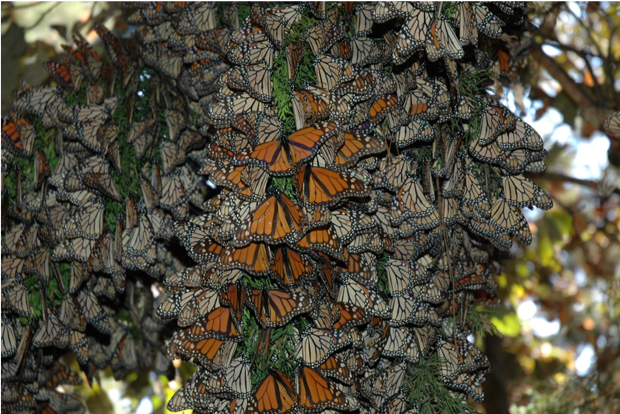
Every fall, the Monarch butterfly population travels up to 3,000 miles to spend the winter in these high-altitude forests found across 12 mountains in central Mexico. The monarch migration is one of the most incredible known natural phenomenons. Butterflies fly en masse and return to the same place every year and often to the exact same trees.
Unfortunately, deforestation from illegal logging combined with climate-related changes has significantly impacted the forest cover in this critical winter habitat. Studies have estimated that up to 90% of overwintering monarchs have died in recent years. Over the past 15 years, studies have found that a combination of cooler temperatures, changing climate patterns, and the use of toxic herbicides along the migratory route in North America are driving this major decline.
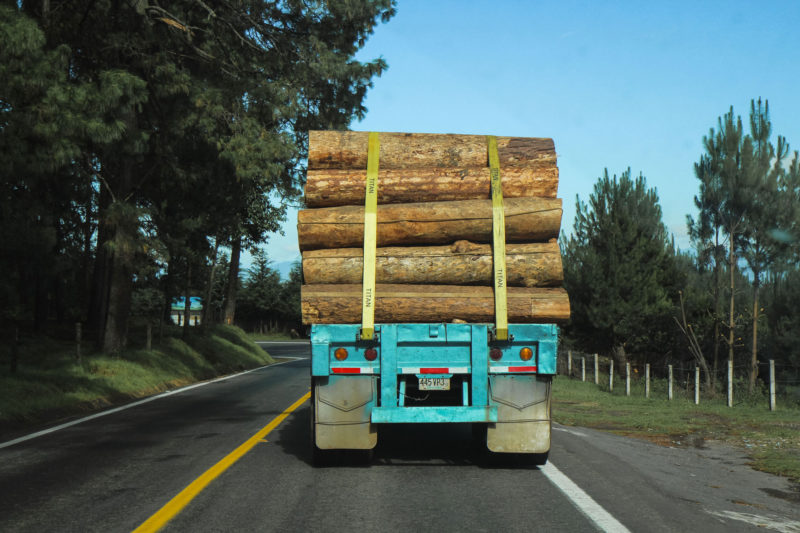
Conservation of the MBBR has proven to be difficult for Mexican authorities in the past as local inhabitants rely on the surrounding forest for their livelihood. For generations, locals have cleared areas to make room for agriculture and used trees as a source of fuel. However, over the past decade, more than 300 conservation programs and programs that provide payment for environmental services have been established to support local communities in protecting these forests and critical monarch habitat. Policy changes from the Mexican government in 2015 combined with coordinated efforts with NGOs and academic institutions have significantly decreased illegal logging activity by nearly 98%.
While Mexico works to protect this important migration ground, monarch colonies still face ongoing climate-related habitat loss across the migration corridor in North America. Protecting and regenerating these essential habitats is critical in helping the monarch population survive.
Who’s Planting With Us?
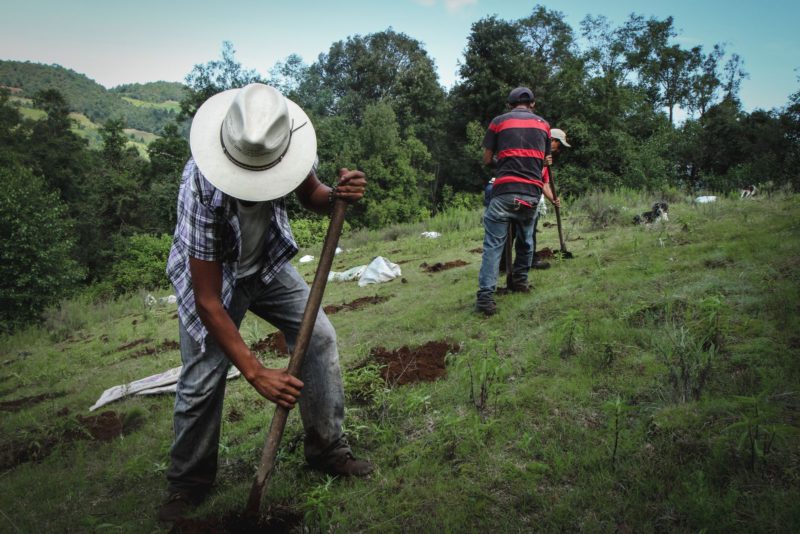
For this project, we’re working with the Monarch Butterfly Fund and UNAM (Universidad Nacional Autónoma de México) to protect the monarch population by planting trees in this core area.
The Monarch Butterfly Fund’s mission is to encourage and promote the conservation of North American monarch butterflies and their migration. They focus on habitat conservation, scientific research and monitoring, educational outreach, and sustainable development. We’ve coordinated with these groups to plant trees on farmed land that was previously privately owned within the ejido (state-supported communal lands) along the buffer zones of the MBBR. Planting efforts here will reduce the human presence within the old-growth forests and help protect this vital habitat.
This reforestation project is an investment in future generations of butterflies that will spend their winters in this area and the surrounding local communities. To support communities, we have assisted in providing educational workshops for schools and guides within the reserve on the importance of sustainable forest management to help ensure a prosperous future for locals and butterflies alike.
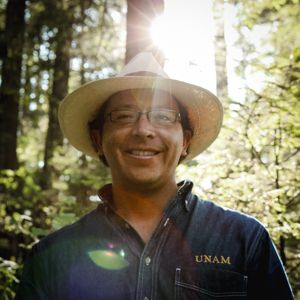
“For reforestation to work well, commitment from local stakeholders is extremely important, especially for an inhabited natural protected area such as the Monarch Butterfly Biosphere Reserve. Our colleague Anastacio Sarmiento who works for the local NGO Alternare, has been crucial to developing this commitment. We have been very successful in planting these trees and monitoring their survival and growth. This is the only way that active reforestation works well in addition to selecting the appropriate tree species for the altitude and ecosystem and planting at the right time of the year (beginning of the rainy season).”
What’s The Impact?
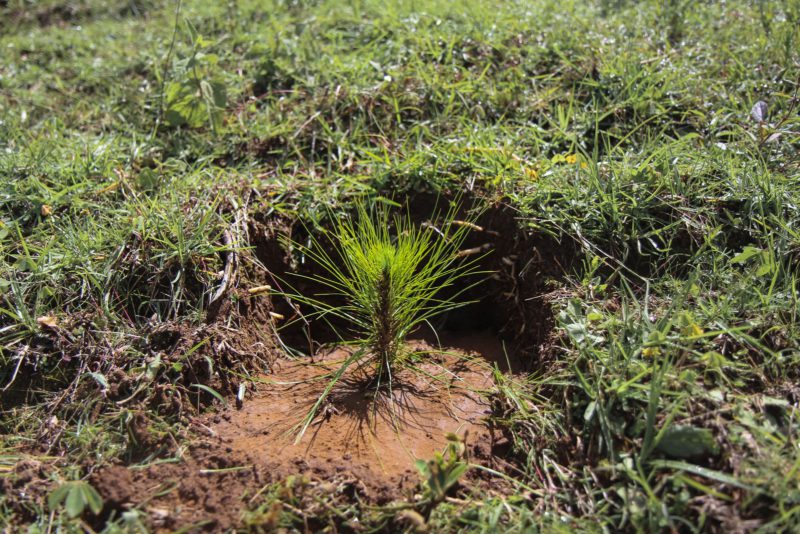
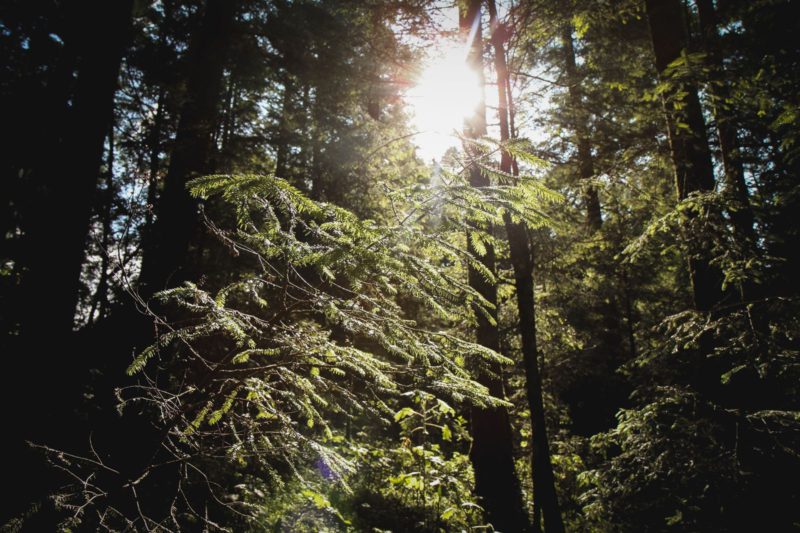
Environmental:
- Protect and restore forest cover.
- Protect biodiversity by restoring critical monarch habitat.
- Sequester carbon to help combat climate change.
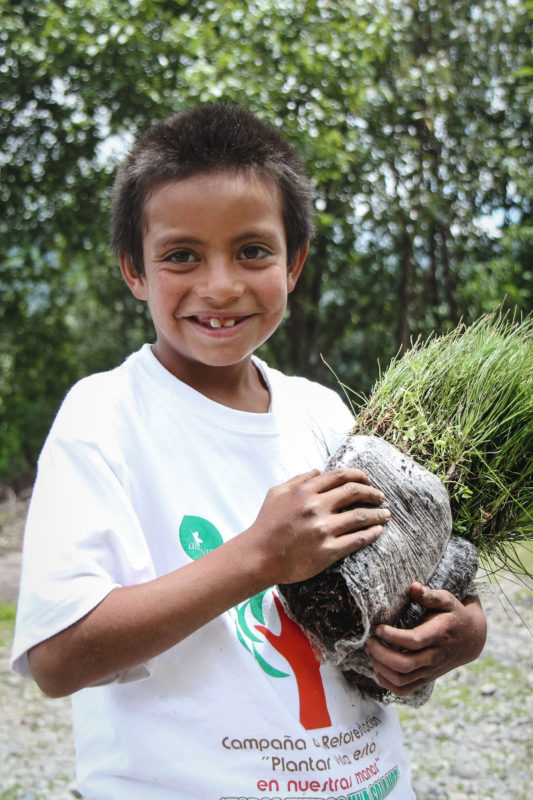
Social:
- Empowering and supporting local communities to be stewards of unique ecosystems.
- Educating local people on sustainable forest management to ensure a long-term supply of forest products for income and household use.
- Providing alternative sustainable streams of income for those in need.
Related UN Sustainable Development Goals (SDGs)
The UN’s Sustainable Development Goals (SDGs) are a collection of 17 interlinked global goals that are a “blueprint to achieve a better and more sustainable future for all.”
Here are the SDGs that we’re addressing in our Mexico site:
#1 No Poverty: end poverty in all its forms everywhere.
#6 Clean Water and Sanitation: Ensure availability and sustainable management of water and sanitation for all.
#8 Decent Work and Economic Growth: Promote sustained, inclusive and sustainable economic growth, full and productive employment and decent work for all.
#10 Reduced Inequalities: Reduce inequality within and among countries.
# 13 Climate Action: Take urgent action to combat climate change and its impacts by regulating emissions and promoting developments in renewable energy.
#15 Life on Land: Protect, restore and promote sustainable use of terrestrial ecosystems, sustainably manage forests, combat desertification, and halt and reverse land degradation and halt biodiversity loss.
Want to see where your trees are planted? Register your trees now.

